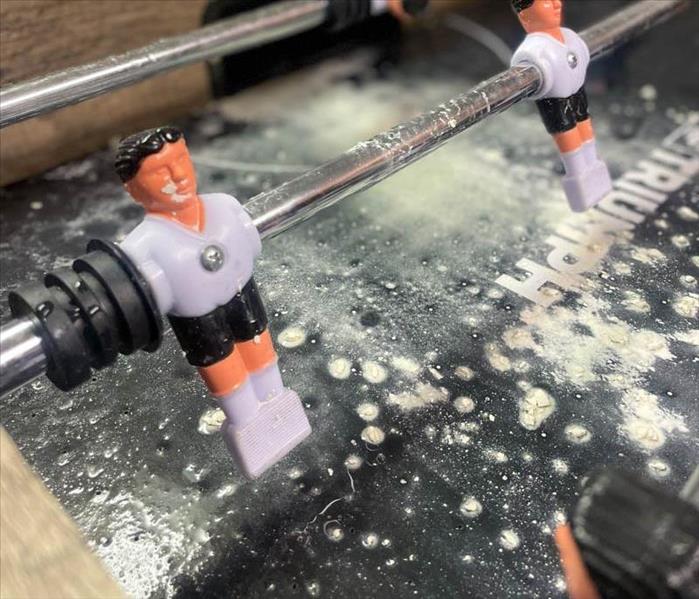The 6 Most Common Types of Mold Found in Homes
11/15/2023 (Permalink)
 Being aware of these common types of mold found in homes is the first step in effective mold prevention and management.
Being aware of these common types of mold found in homes is the first step in effective mold prevention and management.
Mold is a common concern for homeowners, and understanding the various types of mold that can lurk in your home can be crucial for effective management. In this blog, we'll explore the most common types of mold found in Wichita, KS homes. Armed with this knowledge, you'll be better prepared to identify and address mold issues in your living space.
Cladosporium
One of the most prevalent molds in homes, Cladosporium, often appears as dark green or black spots but can also have a brownish hue. This mold typically thrives on fabrics, carpets, and other porous materials. It can also take hold in damp basements and on painted surfaces. Cladosporium is a resilient mold that can be found indoors and outdoors, making it a common visitor in homes across Wichita.
Penicillium
Penicillium molds come in various colors, including blue, green, and yellow, and they often have a fuzzy appearance. These molds are frequently found on damp building materials, wallpaper, and insulation. Penicillium is also known to flourish in homes with water damage or high humidity levels. Identifying and addressing Penicillium is crucial to maintaining a healthy indoor environment.
Aspergillus
Aspergillus molds can vary in color, ranging from yellow to green and brown, and they typically grow in a powdery or fluffy texture. You can find Aspergillus mold in dust and on surfaces like drywall, insulation, and HVAC systems. This type of mold is often associated with water leaks or condensation issues. Addressing moisture problems is essential to prevent Aspergillus growth.
Stachybotrys (Black Mold)
Stachybotrys, often referred to as black mold, is notorious for its dark black or dark greenish-black color and slimy appearance. This mold is a significant concern as it can cause significant damage to your home or business. Stachybotrys prefers materials with high cellulose content, such as drywall and wood, especially in areas with excessive moisture. Prompt professional remediation is essential if you encounter black mold!
Alternaria
Alternaria molds are typically dark brown to black with a fuzzy texture, and they can also appear olive-green. They are commonly found in damp areas like showers, sinks, and damp basements. This mold is known to trigger allergies in some individuals, so it's important to address moisture issues and clean affected areas thoroughly.
Aureobasidium
Aureobasidium molds can be dark brown to black and sometimes appear pink or violet. They often form a velvety texture. This type of mold is commonly found on wooden surfaces, painted walls, and window frames, especially in areas prone to condensation. Proper ventilation and moisture control can help prevent Aureobasidium growth.
Being aware of these common types of mold found in Wichita, KS homes is the first step in effective mold prevention and management. Mold can thrive in various environments, and moisture control, regular inspections, and prompt remediation are essential to keeping mold growth at bay. If you ever discover extensive mold issues or types of mold that you're unsure how to handle, don't hesitate to contact our SERVPRO® if Northwest Wichita team. We're here to provide professional mold remediation services and help you maintain a clean and mold-free living environment. Stay vigilant, Wichita, and keep your home mold-free for a clean and comfortable living space!



 24/7 Emergency Service
24/7 Emergency Service